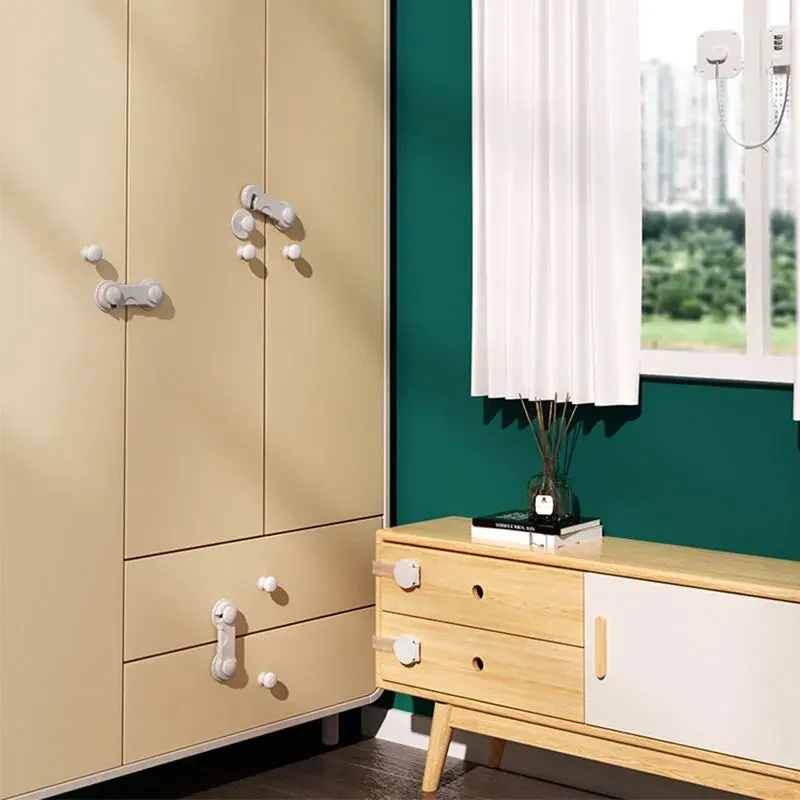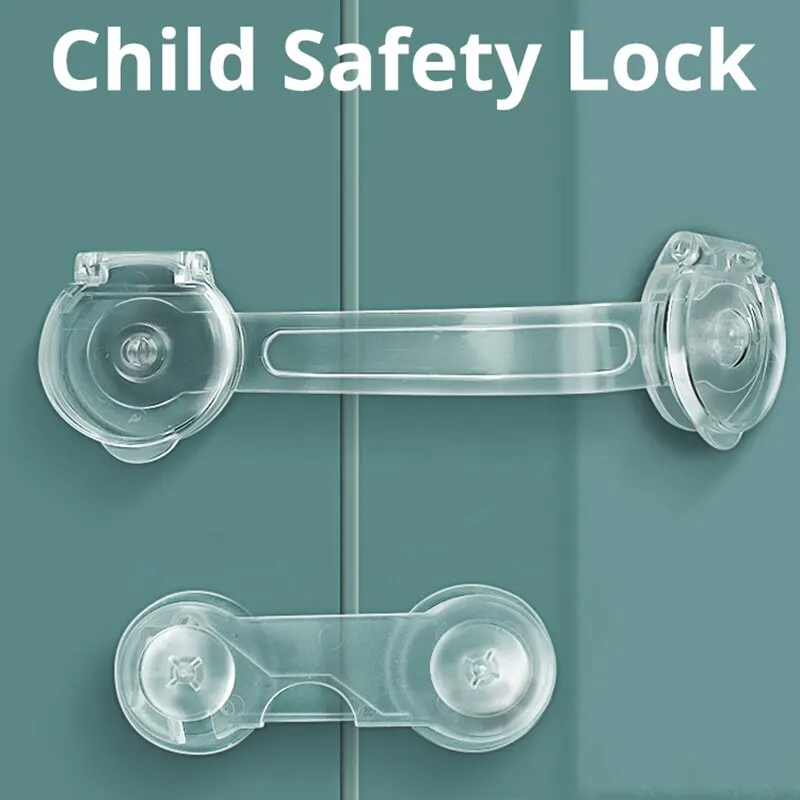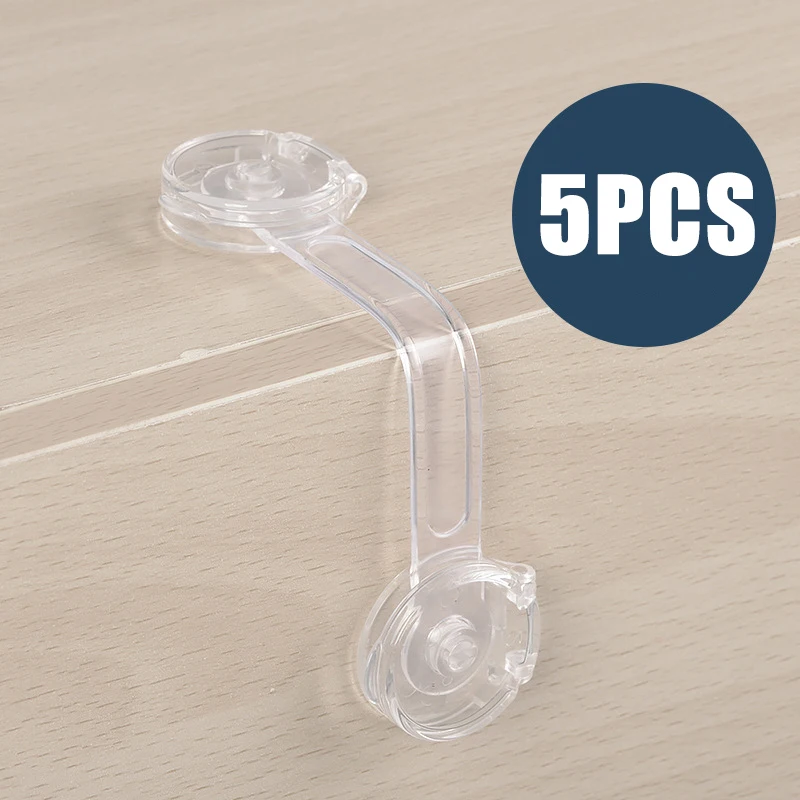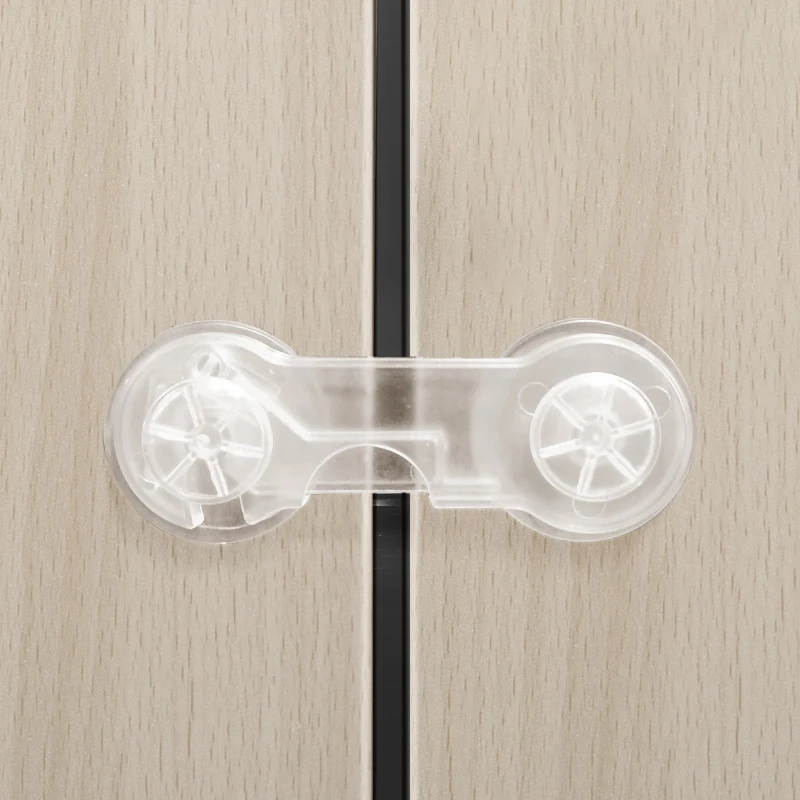Creating a safe environment for your baby involves numerous precautions, one of the most vital being childproofing your home. Among the many tools available for this purpose, baby cabinet locks stand out as an essential feature to consider. These locks not only prevent curious little hands from accessing potentially dangerous items but also provide peace of mind for parents navigating the challenges of parenting. This article outlines the importance of baby cabinet locks, various types available, installation tips, and comprehensive safety strategies to ensure a baby-proof home.
Understanding the Importance of Baby Cabinet Locks
The significance of baby cabinet locks cannot be overstated. Babies are naturally curious and will explore their surroundings, often landing in places they shouldn’t be. Cabinets and drawers, particularly in the kitchen and bathroom, can contain items that pose serious risks, including cleaning supplies, sharp utensils, and medications. According to the American Academy of Pediatrics, unintentional injuries are a leading cause of emergency room visits for children under the age of four. These accidents can often be avoided with proactive measures like installing baby cabinet locks.
Cabinet locks serve as a primary line of defense. They not only deter little ones from accessing harmful substances but also encourage caregivers to think critically about their environment. By assessing the potential hazards in your home, you become more aware of areas requiring additional security measures. This awareness fosters a safer living environment for both your child and other family members. Remember, while locks are vital, they are just one part of a comprehensive childproofing strategy that includes removing harmful substances from reach and educating older children about safety.
Furthermore, baby cabinet locks come in various styles to fit different types of cabinets and drawers. Whether you have modern or traditional fixtures, there are products designed to blend into your home’s aesthetic while still providing robust security. Choosing the right lock not only enhances safety but also ensures that your home looks intentional and organized. Investing in quality baby cabinet locks reflects a commitment to your child’s safety and well-being, making them an essential part of any childproofing plan.

Types of Baby Cabinet Locks
When you decide to baby-proof your cabinets, it’s essential to understand the various types of baby cabinet locks available on the market. Knowing the options will help you make an informed choice that meets your specific needs. Common types of baby cabinet locks include strap locks, magnetic locks, sliding locks, and hook-and-loop locks, each designed for different cabinet styles and user convenience.
Strap locks are among the most commonly used options. These locks consist of a strap that adheres to both the cabinet door and the frame. They require a simple pull to release and can even be operated with one hand, which is useful for busy parents. However, one downside is that they may not be as visually appealing, making them less suitable for families who prefer a sleek look.
Magnetic locks are another excellent alternative. They use a magnetic key that can unlock multiple cabinets, offering ease of use for adults. However, they do require installation and might involve drilling, which some families prefer to avoid. Additionally, the locking mechanism is often discreet, giving your kitchen or bathroom a cleaner appearance. This type of lock is perfect for parents who prioritize aesthetics alongside safety, albeit with an additional cost for replacement keys.
Sliding locks are particularly suitable for drawers, ensuring that they cannot be opened unless the lock is disengaged. These locks can be attached using screws or adhesive, depending on the model. They provide another layer of security that prevents children from accessing drawers containing knives, scissors, or other sharp tools vital for regular kitchen use. Finally, hook-and-loop locks, which utilize Velcro-like material, offer a quick-release mechanism for moms and dads who need to access items rapidly. However, they might not be as durable over time and can wear out, requiring periodic replacement.
Installation Tips for Baby Cabinet Locks
Once you’ve selected the right locks for your cabinets and drawers, the next step is installation. Proper installation is crucial for ensuring the locks function effectively. Many types come with installation instructions, but here are some essential tips to keep in mind.
First, read the instructions carefully and gather all necessary tools before starting the installation process. While some locks only require adhesive strips and a pair of hands, others may need a screwdriver or drill. Ensuring you have everything on hand will expedite the installation process and minimize disruptions, allowing you to complete the task efficiently.
Second, measure the position for the locks. For magnetic locks, installation is crucial; the magnetic key must align perfectly with the lock mechanism. Use a level to ensure your measurements are accurate, particularly if you’re installing multiple locks on various cabinets. Incorrect positioning may render the locks ineffective, allowing access to the cabinets you’d aimed to secure.

Other Childproofing Strategies for a Baby-Proof Home
While baby cabinet locks play a crucial role in creating a safe environment, a comprehensive baby-proofing strategy goes far beyond locking cabinets. As you prepare your home for your little one, consider other childproofing measures to ensure all potential hazards are addressed.
Start by securing furniture to the walls. Heavy pieces like bookshelves and cabinets can become top-heavy and pose a risk if pulled down by a child. Anchoring them to the wall using brackets is a simple yet effective way to prevent tipping. Additionally, corner protectors can be added to sharp furniture edges to reduce the risk of injuries from falls.
Another crucial childproofing measure involves covering electrical outlets. One of the leading causes of injuries in young children is electrical shocks. Outlet covers or plates can prevent curious fingers from getting too close. Also, ensure that any cords from blinds or curtains are safely tucked away. Long cords can pose strangulation hazards, especially for toddlers who are learning to explore their environment on their own.
Be vigilant about keeping small items off the floor. Regularly conduct sweep-throughs of your living areas to remove toys, coins, or loose change that could pose choking hazards. Implement a cleaning routine that involves checking for low-hanging items that little ones can grab. Additionally, use storage bins with lids to keep toys organized and out of the way, minimizing clutter that could lead to accidents.
Ongoing Safety Considerations as Your Child Grows
Safety considerations don’t stop once you’ve installed baby cabinet locks and conducted a thorough childproofing check. As your child grows, it’s essential to revisit your safety measures frequently. What was once a danger may no longer be an issue as they develop new skills and understanding, while new challenges may arise.
One critical aspect of ongoing safety considerations is changing the cabinet contents. As your child matures and begins to explore more independently, you may need to update what store in various cabinets. For instance, cleaning supplies that were never before within arm’s reach may now need to elocate to higher cabinets, and older siblings may need to be educated about keeping their items secure as well.
Additionally, as mobility increases, you may find that your child can reach further than before. Periodically assess the environment for new risks, such as furniture that might have been previously deemed safe. As toddlers grow into preschoolers, their developmental milestones will open up new avenues for exploration, which might necessitate a reassessment of locks and other safety measures.
Moreover, teaching your child about safety can significantly enhance their understanding. Begin discussions about what they can and cannot touch at an early age; use age-appropriate language and simple explanations to help them comprehend the reasons behind safety measures. Engaging them in light, positive conversations about what they can explore could surprise you with how much they understand.

Conclusion
Safe environments do not happen by accident; they require diligent planning, ongoing assessment, and the implementation of practical solutions like baby cabinet locks. By understanding the importance and variety of cabinet locks, practicing installation tips, and employing comprehensive childproofing strategies, parents can create a nurturing space for their little explorers. As your child grows, maintaining proactive safety measures and family discussions will ensure that your home evolves alongside them. Ultimately, a dedicated focus on safety will provide peace of mind and foster a secure environment for your blossoming family.
